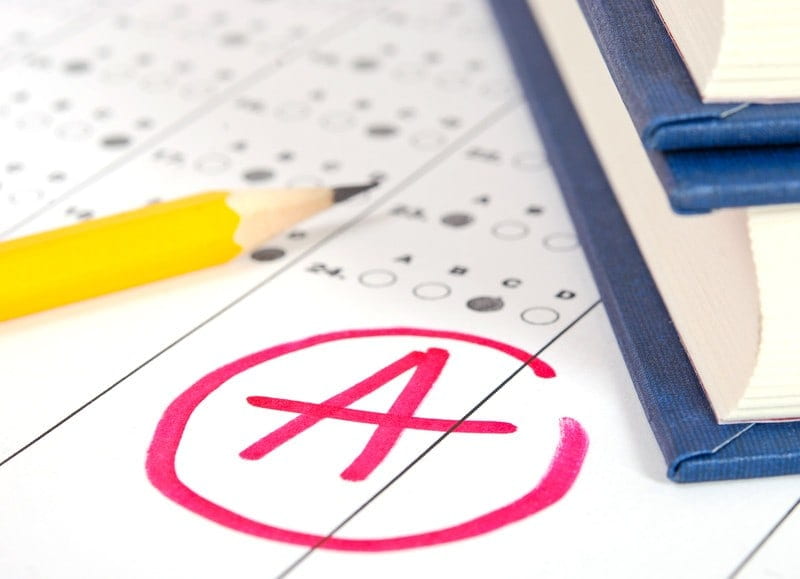I’m not going to lie, I too breathe a sigh of relief when I hear that an assessment is going to be multiple choice!
However, don’t be fooled by the idea that multiple choice exams are ‘easy’. Not all MCQs are made equally. It’s important to actively and adequately prepare
For the NCEA readers, you might not have had much exposure to multiple choice assessment, aside from your learners driving test!
How do you study for Multiple choice exams?
1. When you’re studying, it’s important to understand the difference between recognition and recall.
Being able to actively recall the information is a powerful indicator that you’ve got a good grip on the content you’re studying. Simply think to yourself: if you were given a multiple-choice question without its answer options, would you be able to answer it? Or would you need the options to trigger your memory? If the latter is you, this could potentially be a sign that you don’t quite have a thorough understanding of the content quite yet. This is the message you need to go and review that, now!!
2. Practice! Make sure you utilise every resource given to you like it is gold. I recommend doing all of the relevant past papers, starting with the most recent and working backwards.
– Sitting yourself down in test conditions and completing a past paper is a great way to assess your knowledge, but there is more than one way you can practice with MCQ, which will keep you on your toes and keep you engaged! Get creative to stay productive!
– Go through the questions very slowly. For each answer option, write a short explanation as to why it is true or false in relation to the question. Try to frame your explanation in simple terms because this is a fantastic way of assessing whether you know the core concepts well. This process could take you 3 times longer, but that’s the whole point of this little exercise. It will cement your knowledge.
– Create a collaborative Google Doc, gather some friends, and do the above exercise with them! You will gain some new perspectives and can clarify areas you are unsure of.
– As soon as you’ve finished a lecture, find some questions in a past paper which are relevant to that content. The quicker you start exposing yourself to the types of questions that could be asked, the better.
– DIY! After a lecture, aim to create three questions, and try to answer then immediately , and when you next review that material.
So we’ve discussed how to study for multiple choice exams, now what about actually sitting them?
I hear you thinking, it’s gotta be easier than writing an essay, I can just use the process of elimination to get my answer!
One of the main loopholes that catch people out is not the content, but the wording of the question. ‘Choose the FALSE option’ or ‘Choose the BEST option’. This is why it is so important to NOT rely on the process of elimination. Imagine knowing the content inside out…but losing marks because you chose the true statement inside of the false statement.
How do you avoid this?
– Read the question (maybe even twice), and in your mind, confirm what they are asking you.
– For these pesky find the true/false questions, I recommend writing a T for true or F for false next to each option- before you read whether the question is asking for the true or false answer. I find this stops me getting confused!
Remember how I recommended writing explanations as a study method? Its important to know that many multiple-choice tests require integration of the underlying concepts from different topics (instead of being purely factual based.) These are the tricky questions. When you’re in the exam and faced with these questions, I recommend (in your head) telling yourself why it is correct or incorrect.
Finally, keep calm! By adjusting your existing study methods and adapting from NCEA’s long-answer questions, you will soon become very familiar with multiple choice tests. Good luck!
